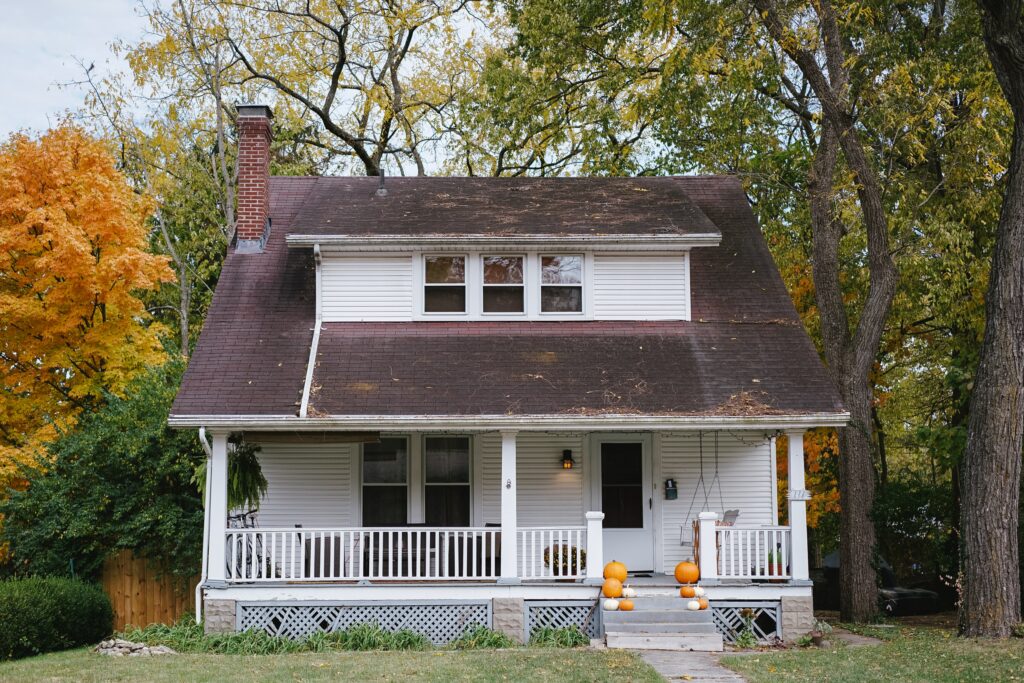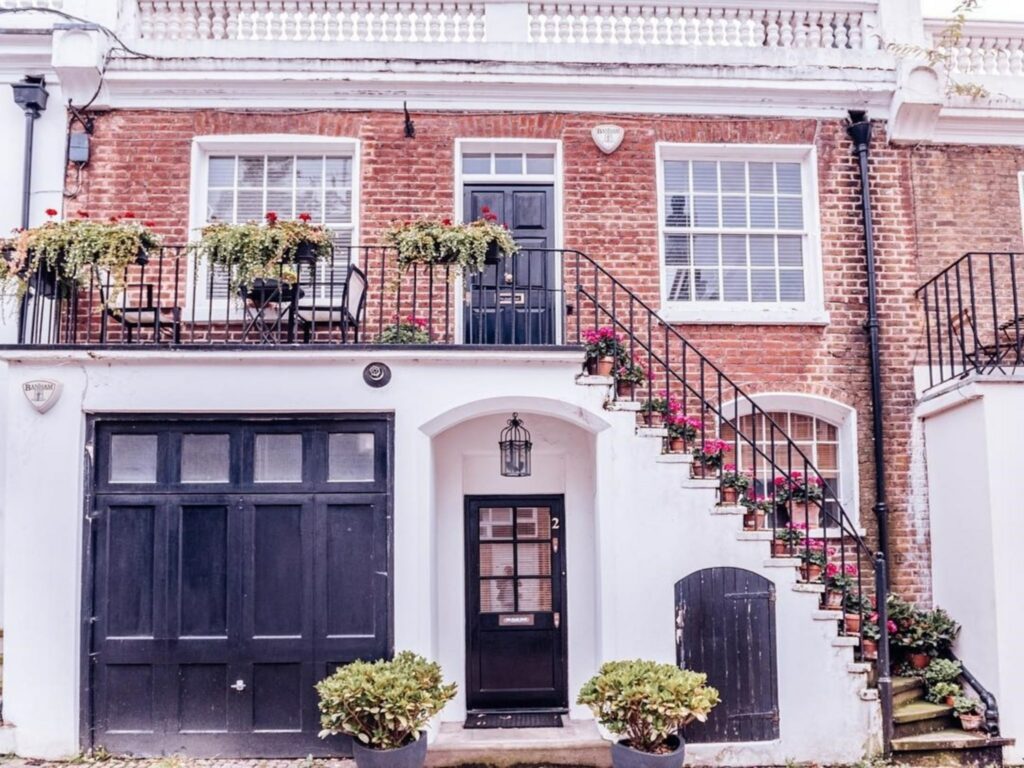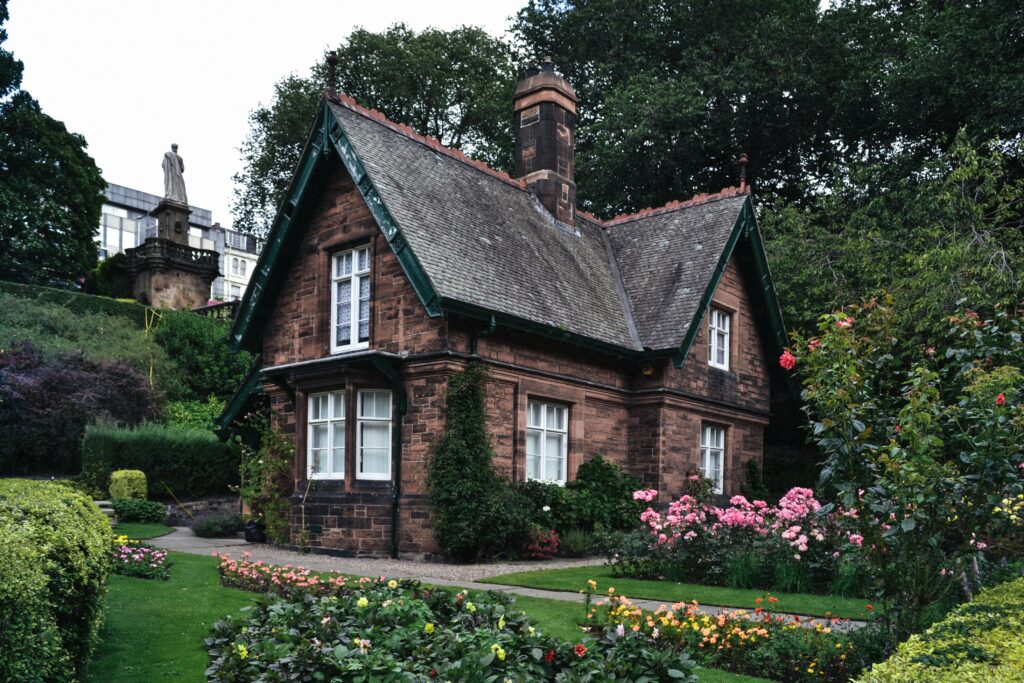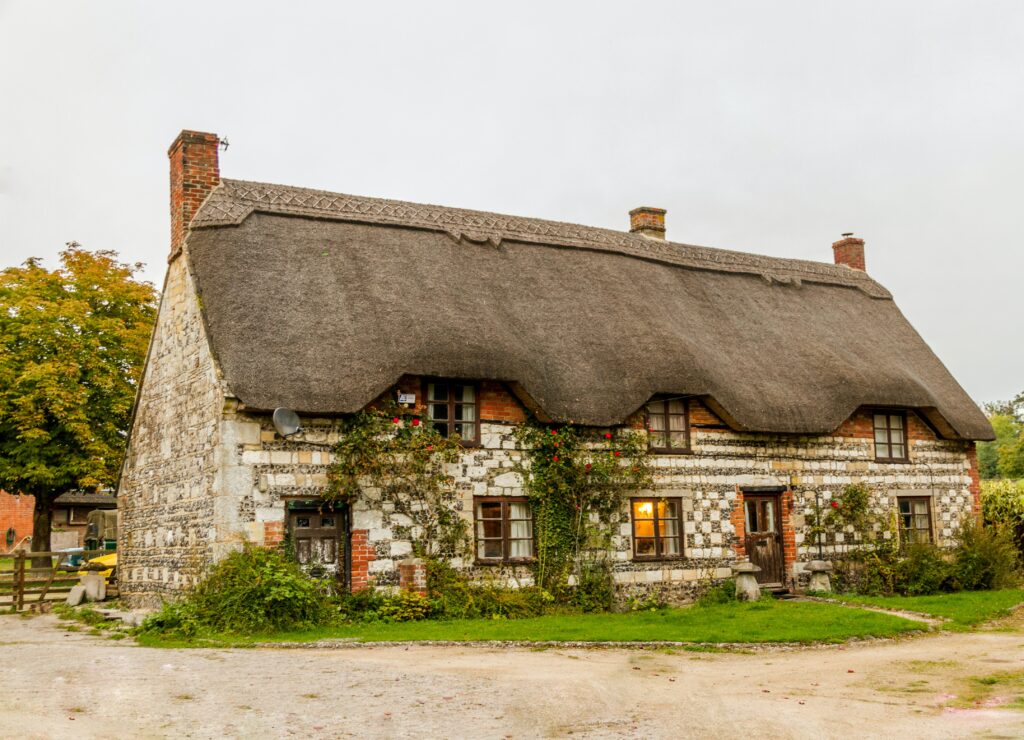Retrofitting an old house has become an obligation for ensuring sustainability. In the same way, many architects have started to promote an ambitious sustainable approach that we all know with the name of retrofitting.
Through retrofitting, we can make our homes more energy-efficient and data-driven for decades. Domestic retrofitting delivers countless and an immense number of benefits apart from ensuring low carbon emissions and energy savings.
Retrofitting works in a way to increase the comfort vibe of your home. This practice address issues related to air leaks as well as defective insulation. Thus, retrofitted homes ensure improved ventilation and insulation.
What is Retrofitting?
Retrofitting, specifically in the context of old buildings, remains explained as adding new components to an old property. You might have heard about the terms that include power plant retrofit, home energy retrofit, and seismic retrofit.
The power plant retrofit practice improves and enhances the competence level of power plants. It increases their output as well as reduces emissions. Furthermore, home energy retrofit enhances the structure of existing buildings and injects energy-efficient equipment into them. When it comes to seismic retrofit, this concept strengthens and braces your older building. Moreover, they make them resistant to earthquake-related situations or sometimes transform them into an earthquake-proof modern home a well.
You might have even heard that naval vessels have undergone retrofits. They retrofit the dry rock and successfully incorporate the latest technologies in them. Besides, the remodeled naval vessels improvise and enhance their operational designation.
Benefits of retrofitting an old house
Retrofitting an old house makes it easy for the individual to save on capital expenditure. In addition, retrofitted old houses receive lots of benefits from new and latest technologies. The old home components become optimized in a budget-friendly manner. With time, your old home becomes adaptable to new, advanced, and changed products. The lifecycle of your old house gets increased. And your old home starts to show reduced maintenance costs as well as augmented reliability. This is how retrofitting is valuable.

These kinds of homes even improve indoor environmental quality. It is through this energy retrofit process that you will eventually experience the best home performance. Instead of bringing poor indoor air quality into your home, it remains better to keep on remodeling them. The whole process improves ventilation rates and enhances the indoor air quality of your home.
Retrofitting for Sustainability
The time has arrived to improve and upgrade the existing structures of our homes. This one seems possible with the proper implementation of retrofitting concept. Instead of buying a new home and leaving your old home, it is suggested to renovate, remodel, and retrofit it.
Architects and engineers have preferred this concept because such homes withstand all kinds of climate catastrophes. Moreover, they make your home energy-efficient, reduce emissions and curb the overall adverse effects of climate change. On the same note, a growing number of schools and institutions, and industry groups have embraced this sustainable action.
Latest Studies on Retrofitting for Sustainability
According to the Harvard University’s Center, renovating older structures makes them comparatively more ultra-efficient for living. This approach transforms them into energy-positive systems. Such buildings produce more energy.
Lots of lead architects and lead energy engineers have backed this phenomenon of retrofitting. Most importantly, such homes generate zero carbon emissions and operate on natural ventilation. They use minimum energy for cooling and heating purposes as well as for lighting purposes.
Such homes inject themselves with a data-driven infrastructure. They embed and infuse themselves with hundreds of sensors for the sake of collecting millions of data points. Such homes monitors stabilize and optimize their performance and constantly show maximum sustainability.
Retrofitting an Old House is both profitable and necessary
The increase in energy consumption has pushed us to give serious thought to the concept of retrofitting. Old houses comparatively consume more energy, and this practice can be avoided if we retrofit these old homes. Furthermore, old buildings and homes consume 40% of energy worldwide, which is a disappointing stat.
While retrofitting old buildings, encapsulates three stages. And they are quick wins, opportunities, and the last stage hints at deep retrofits.
In the first stage of quick wins, you can acquire maximum gains on showing and delivering minimum effort. In this phase, you can install energy-efficient light bulbs and fill up all sorts of gaps present between floorboards. This first stage requires overhauling heating systems and installation of loft insulation. In the second stage of retrofitting an old house, you will be draught-proofing windows. Install thermal blinds, new furnishings, as well as install water-saving showers. The stage demands the installation of water-saving taps and toilets. Do not forget to renew your bathrooms.

The last stage of retrofitting an old house titles Deep retrofits! Here you will be installing solar panels. Furthermore, add thermal insulation beneath your walls and floors.
Why Retrofitting?
Whether you have an old apartment complex or own an old building, you should retrofit it regardless of your personal choice. Below you can see some of the primary reasons that push you to accept this practice with open arms:
Reason # 1
Undeniably, retrofitting old buildings attract a large number of tenants. Individuals prefer those homes that are retrofitted. People have become mindful of the climate change pitfalls, and they now prefer living in such homes. Thus, individuals have realized that retrofitted structures and buildings keep their planet green and clean. You can count this benefit as one of the noticeable benefits given by retrofitting concept.

Reason # 2
Furthermore, occupants do not show hesitation while paying more for the retrofitted homes. They believe that these homes are more intelligent and energy-efficient. That is why they offer a willingness to pay more. In addition, such homes’ leverage technology brings a significant reduction in carbon footprint. Lots of tenants believe that these homes have become a “game-changer” technology.
Reason # 3
This practice has brought all sorts of renovated homes and buildings into a competitive positioning mode. Most importantly, such houses always stand out and give a substantial advantage for the residents. Thus, a remodeled and renovated building helps you spend less on energy and reduce your maintenance budget.
Reason # 4
This practice gives you a better living standard, and your property value gets increased simultaneously. We need to become environmental consciousness now, and this is possible if we accept the concept of retrofitting. It remains expected that the emergence and demand for such homes and buildings will grow massively by 2024.
Unquestionably, retrofitting an old house looks cost-effective and easy to maintain. As these homes and buildings remain equipped with advanced and state-of-the-art management software! That is why they seem easy and quick to maintain.
Hence, retrofitted homes do not bring trivial issues every single day. They reduce your energy bills. They give guaranteed and promised energy savings. You can have 15 to 50 kWh/m2/year in energy savings.
The time has reached that all of us should benchmark our energy consumption scale. We have to assess our operational energy consumption range earnestly and should plan to start living in an energy-driven home. This is only possible if we prefer living in retrofitted homes.
The challenges and hurdles of retrofitting an old houses
When embracing this practice, make sure that you do not miss out on any documentation processes. If you have incomplete blueprints and missing manuals, then the whole job of renovation may become challenging for you. Thus, for implementing this practice, you have to collect the complete documentation and then proceed with your related projects.
When renovating an old building, you should make sure to integrate old systems with new systems. Remove and eliminate obsolete systems and replace them with a new system.
Be prepared to see the surprises in this kind of renovation project. Do not get scared if old appliances, valves, and pipes do not work; replace them simply!

Conclusion
We can indeed conclude that retrofitting an old house has become a significant necessity worldwide. This practice should not get ignored at all. For reducing the carbon footprints, we have to try out best to retrofit old houses and buildings. In addition, this practice reduces energy utilization factors as well.
Whether you have got the oldest home or a giant old building, retrofit it with the assistance of a green construction team. You should now rebuild and remodel your old homes and create a more brilliant variant of them. Try using advanced software options and revamp your old homes in energy-efficient styles.
Instead of reconstructing old houses and buildings, it looks more profitable and sustainable if you are retrofitting old buildings. Many research centers proved that when historically significant and medieval buildings were retrofitted, they show a tremendous amount of reduced energy consumption and CO2 emissions. Stay tuned for more updates.
Comments